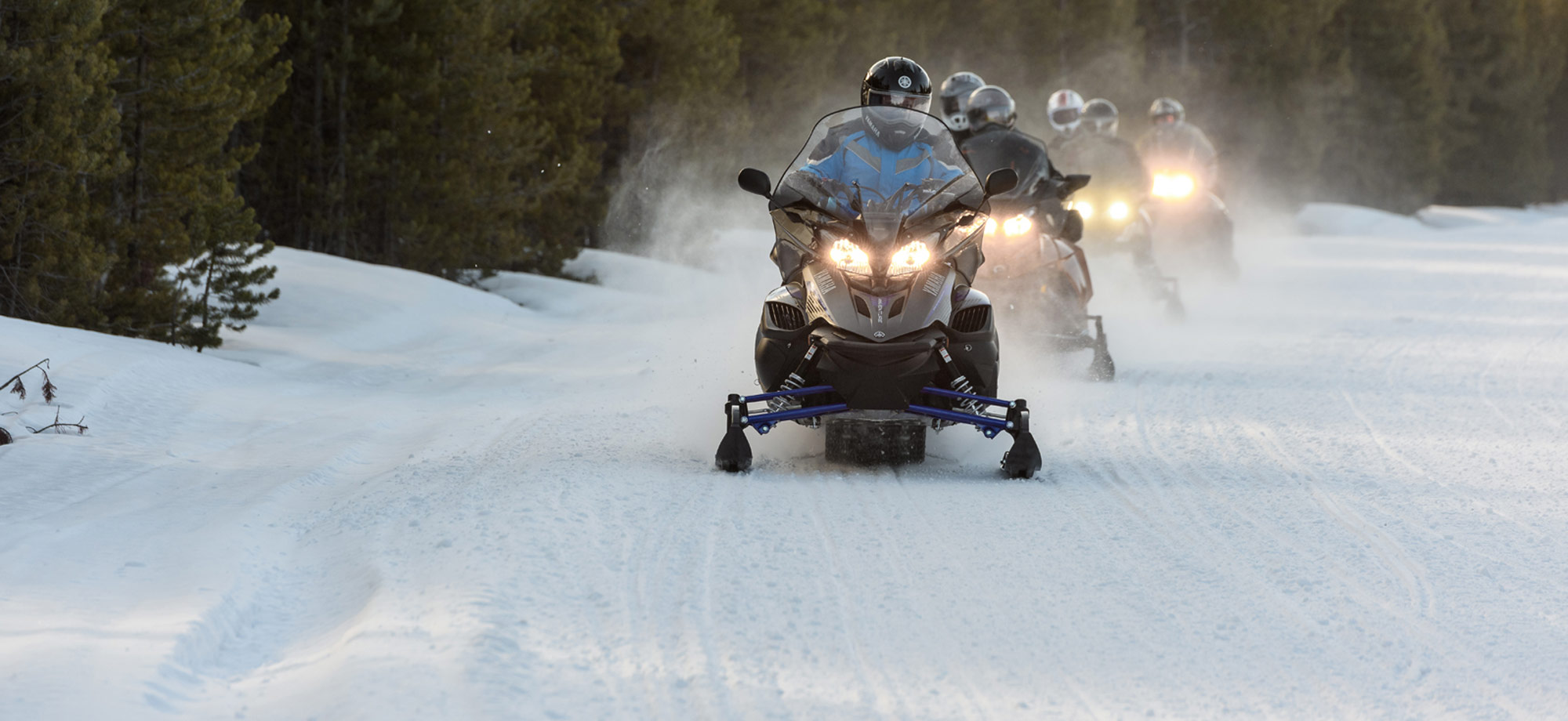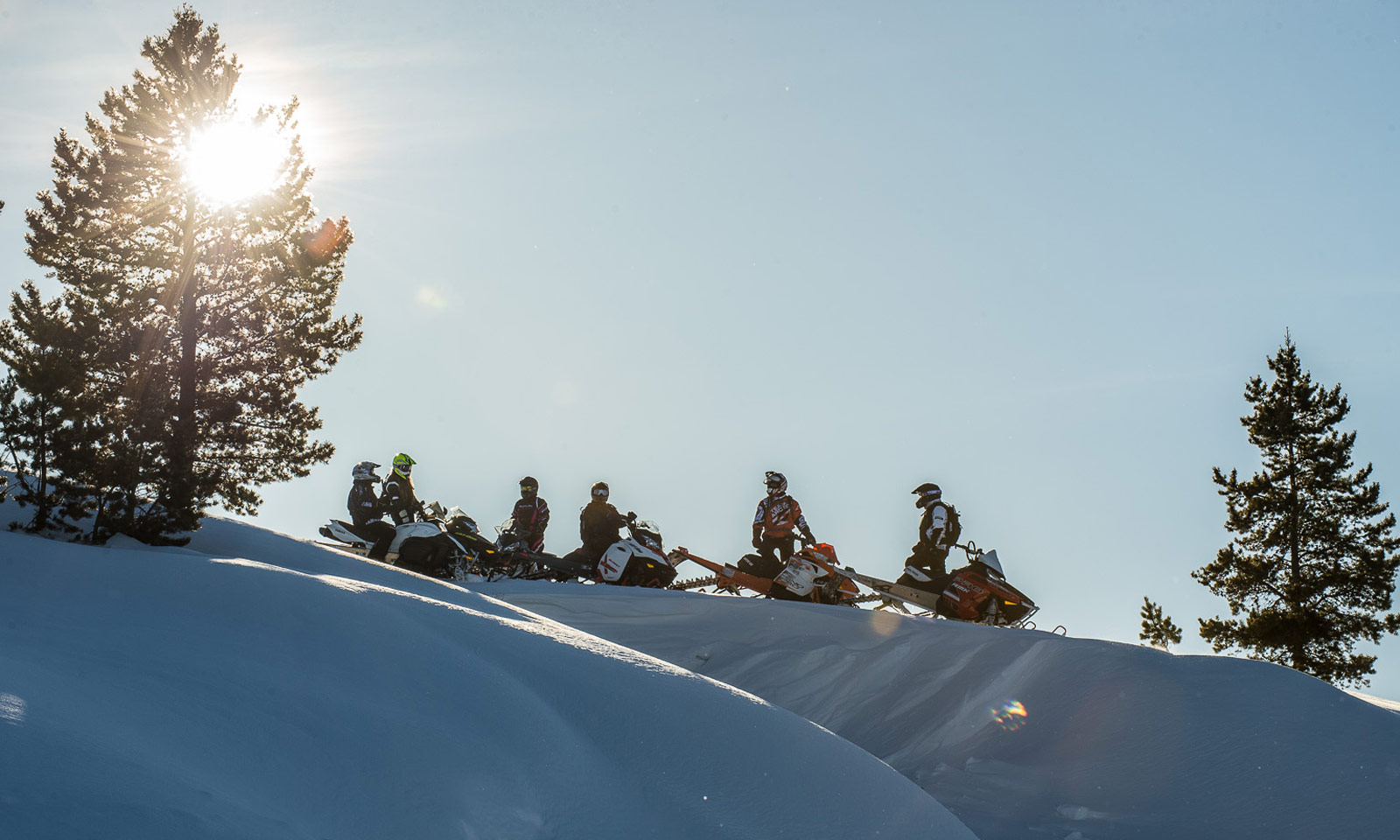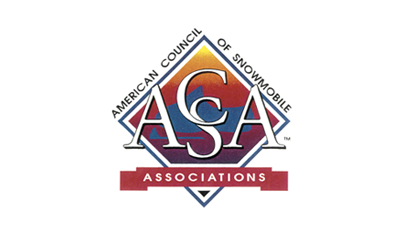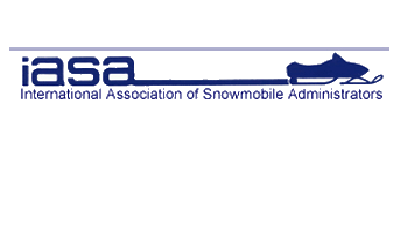Varying Snow Conditions
No matter where you are snowmobiling, always check the weather. Winter can be unpredictable. You must always be prepared for rapidly changing conditions.
Click the curriculum tab to begin this course section.
Varying Snow Conditions
Winter weather can produce a wide range of unpredictable snow conditions. Be sure to check the weather forecast for where you plan to ride prior to leaving on your trip. Since conditions can change dramatically in a very short time period, always be prepared for the unexpected. Minimize damage to your machine by trying to avoid bare areas of ground. Avoiding bare ground also helps prevent mixing more dirt into the trail's snow base (which causes the trail to thaw quicker), as well as prevent soil erosion or damage to vegetation.Powder
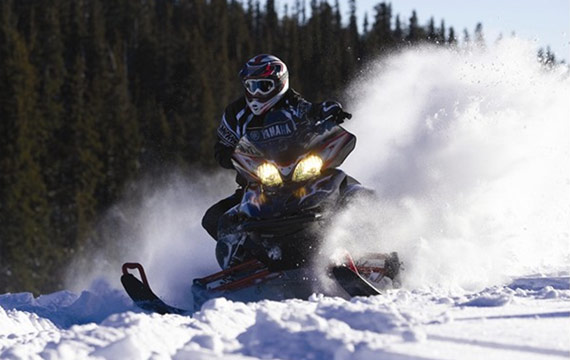
Powder
While fresh, powdery snow can be ideal for riding, it can linger in the air as 'snow dust' after snowmobiles travel over it. This snow dust can reduce visibility for riders and make it difficult to see other snowmobiles, trail signs, motor vehicles, and hazards. Always reduce your speed and lengthen your following distance when riding in powder and snow dust conditions.
Wet Snow
While wet snow can be great to ride on, it can make steering your
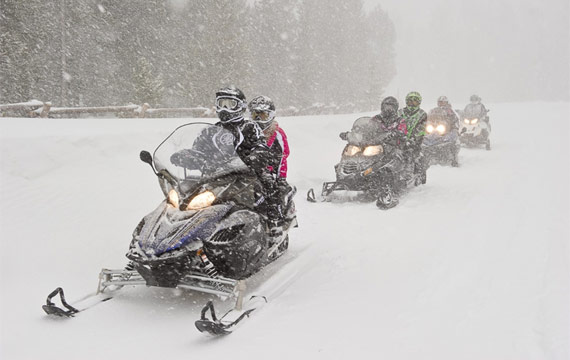
Wet snow
Ice
Ice can form on hard-packed trails and roads making snowmobile operation difficult. When you suspect ice may be present, slow your speed way down and operate
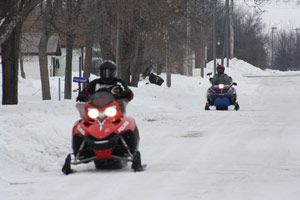
Hard-packed road
Use extra caution when operating on frozen lakes or rivers, paying close attention to adequate ice thickness as well as transitions between snow cover and bare ice. Slow down since too much speed and acceleration as you move onto bare ice can cause your snowmobile to spin or skid out of control.
Dirt
When trails have been heavily used without much new snowfall, they can develop areas of snow and dirt mixed together and make your snowmobile more difficult to
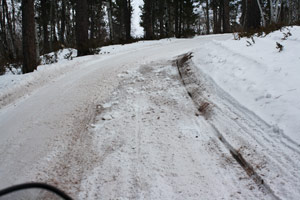
Dirty snow
